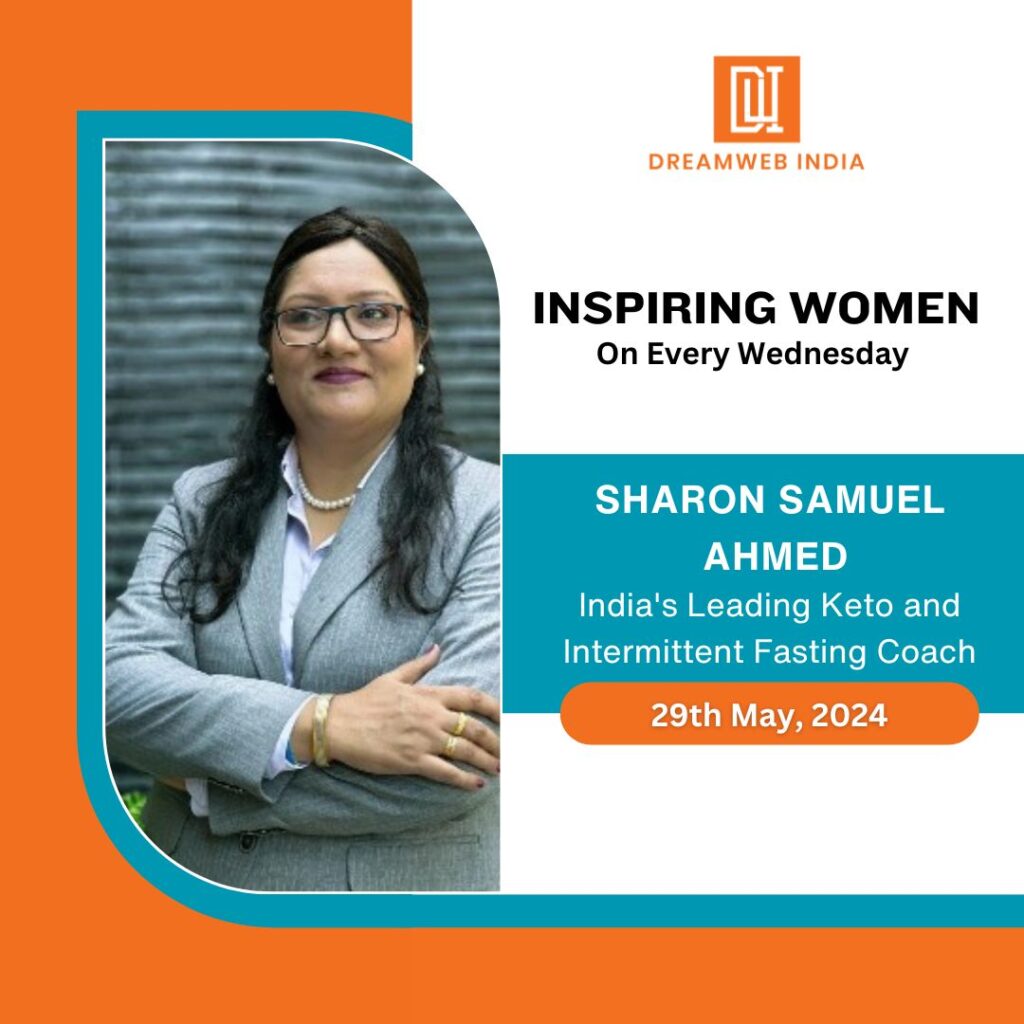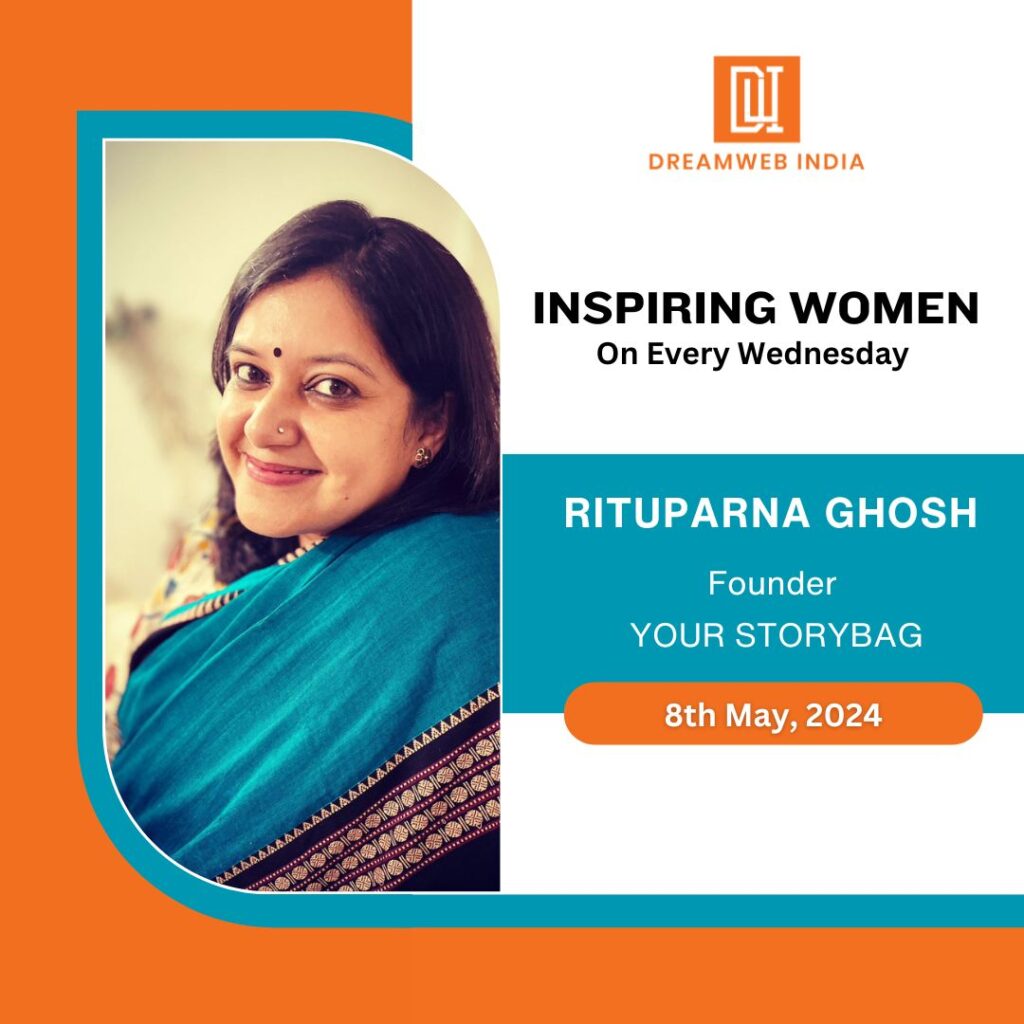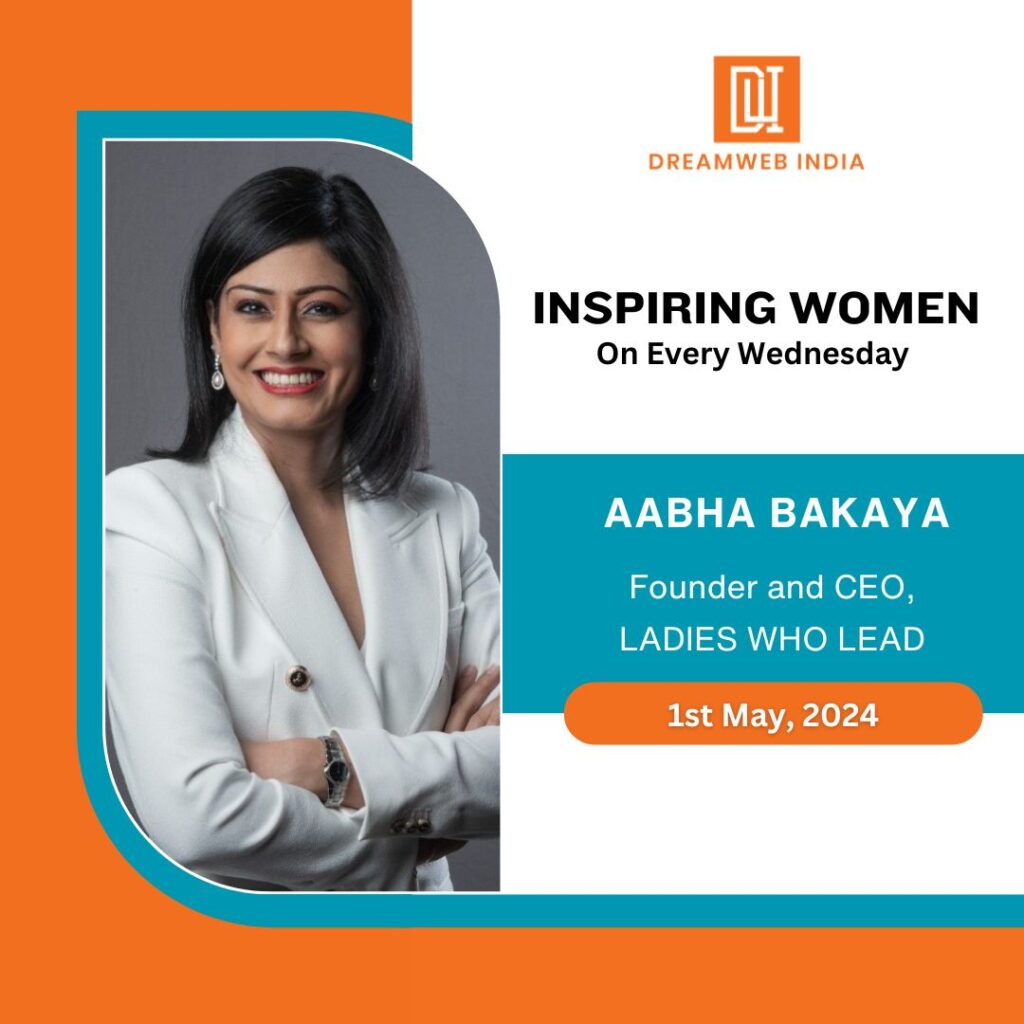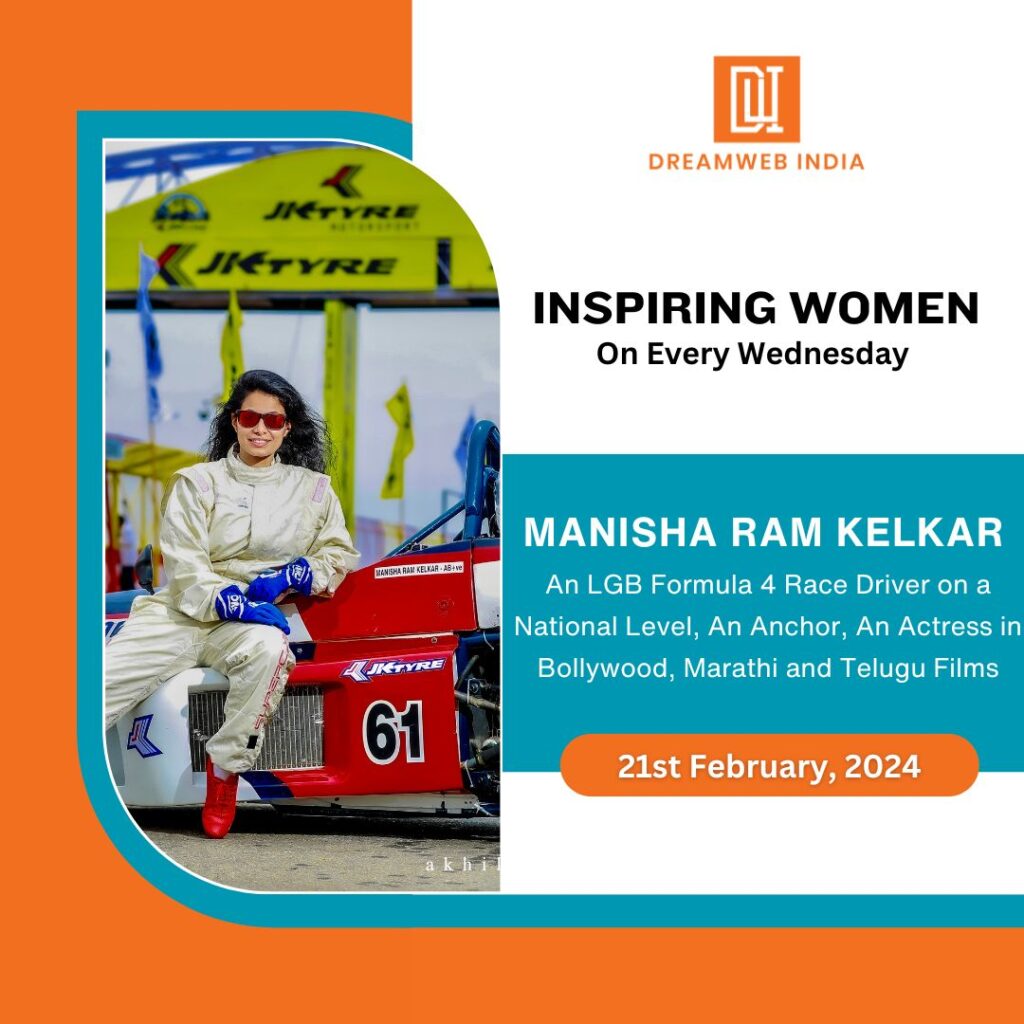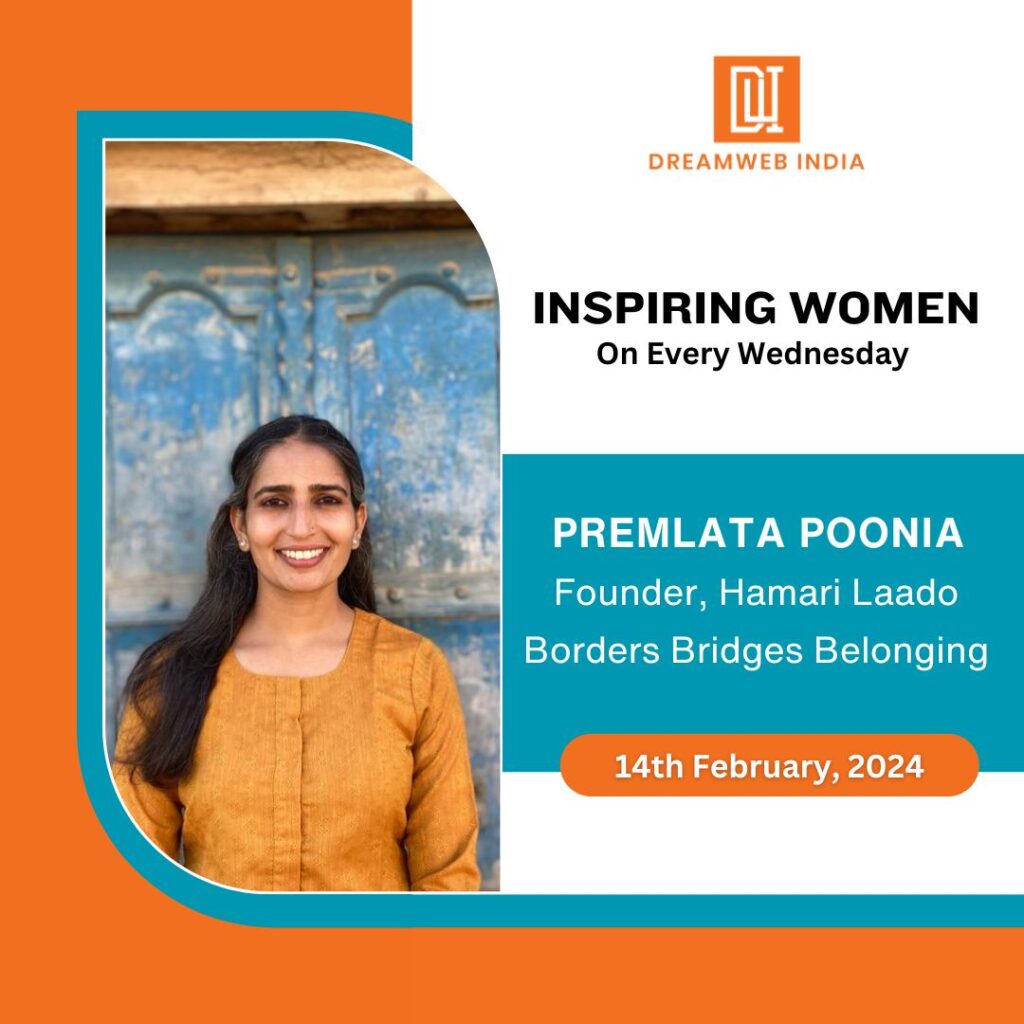Inspiring Women Every Wednesday: Sharon Samuel Ahmed
My mission: To help 1 million people achieve holistic weight transformation through Keto Diet and Intermittent Fasting methods. Sharon’s inspiration to help people lose weight stems from her own struggles with obesity, diabetes, emotional eating, fatigue, and low energy, which she battled for over 25 years. Like millions, she tried many weight loss diets only to regain the weight after stopping them. She successfully lost 20 kgs of stubborn fat in just 6 months and was able to stop her diabetes medication. This transformation elevated her self-confidence, self-love, energy levels, and overall outlook on life. She has already helped over 100 people not only lose weight but also achieve holistic and sustainable health. Weight loss goes beyond just counting calories or exercising for hours every day. Sharon Samuel Ahmed In her program, Sharon targets the root causes of obesity through her 3 Step Weight Loss Framework and her Weight Transformation Journey Blueprint, both are scientific and proven methods for sustainable fat loss. Sharon works as a consultant with Transform Rural India, part of the Strategic and Programme Assistance Unit for DAY_NRLM, Ministry of Rural Development, Government of India. She provides policy and strategic support to achieve 1 lakh+ annual income for 8 crore+ rural women in SHGs, designs and drives “The Prajjwala Challenge,” and leads capacity building for SRLMs and local functionaries. Previously, she worked with Hand in Hand India, overseeing projects in North Indian states and building partnerships for new programs. She also served as a technical advisor at Deutsche Gesellschaft für Internationale Zusammenarbeit (GIZ) GmbH, and has extensive experience with organizations like Vodafone Foundation, Child Rights and You (CRY), SRIJAN, and PRADAN Let’s Get Inspired In Conversation with Sharon Samuel Ahmed – Preeti Juneja Q. What inspired you to take fitness seriously? My inspiration to take fitness seriously stemmed from my painful journey with obesity. At one point, I weighed nearly 100 kilograms and faced numerous health issues, including fatigue, low energy, cravings for sugary sweets, and eventually type II diabetes. I was on the verge of developing glaucoma, but fortunately, I was diagnosed in time to save my vision. Despite trying calorie-restrictive diets and intense exercise routines, I found little success. It left me feeling demotivated and frustrated, and the impact began seeping into my professional and personal life. I desperately wanted to “look good,” “wear the clothes of my choice,” and above all, “feel healthy.” Over time, I became a victim of the emotional side effects of obesity—self-hatred, lack of self-belief, emotional eating, anxiety, and possibly even depression. As my stress levels increased, so did my weight. I sought solace in food, relying on the dopamine effect of my favourite foods for temporary relief. However, this was only a fleeting comfort, and after indulging, I would blame myself for giving in to my emotional eating habits. There came a point when I lost all hope and believed I had to live with my situation for the rest of my life. This emotional turmoil began affecting my professional life as well, leading to self-doubt, an inferiority complex, and a tendency to blame myself for everything negative that happened. My turning point came when I joined the “Passionpreneur Movement” by Dev Gadhvi, who has learnt from his mentors like Sifu Dan Lok and Tony Robbins, undergone Vipasana several times and is on a mission to transform 1 billion lives. I am a part of Dev Gadhvi’s inner circle community, and I dedicate my mental and emotional transformation to what I have learned during this time. In one of the sessions, we were asked, “What is your purpose in life? What are you passionate about? What would you love to do? How would you like to change lives? What impact would you like to bring to people’s lives?” I realized I had no answers. I still felt a vacuum despite spending almost 22 years in the social development sector, working at the grassroots, funding, and policy levels. I struggled to find passion in my work and couldn’t associate my answers with what I had been doing for years. Then, a statement during the program struck me deeply: “Most movements emerge from the injustice or pain that someone has felt, and these movements are there to bring about a change in that inequality of pain.” The examples of Mahatma Gandhi, Mother Teresa, Martin Luther King, and Nelson Mandela resonated with me. I realized that the pain I had endured due to obesity wasn’t just physical but also emotional and mental. That’s when I decided to create change not only for myself but also to help others overcome the complex pain of obesity. I decided to lead by example, demonstrating the changes I advocated. I knew the effectiveness of the ketogenic diet and intermittent fasting for physical weight loss, and I spent months studying and understanding these areas to develop a holistic solution. I also earned a “Keto and Intermittent Fasting Coach” certification from Dr. Eric Berg, DC. I studied intermittent fasting through Dr. Jason Fung, MD’s training and books, both pioneers in their fields. I deeply understood that weight loss is not solely about shedding pounds but achieving a holistic transformation. It’s about losing weight from your mind, heart, and body. Through practices of gratitude, meditation, affirmations, and a comprehensive approach, I overcame my emotional and mental struggles. I found the best solution for physical weight loss by combining keto and intermittent fasting with exercise. Today, I am on a mission to transform 1 million lives by advocating for a comprehensive approach to well-being that encompasses emotional and mental health alongside physical health. This holistic transformation is about looking good and feeling good, inside and out. Q What kind of pushback did you encounter from family and friends during your fitness journey? Whenever you aim to bring about change through unconventional methods, it is initially met with resistance. This is true for any new idea or disruption that challenges widely accepted norms. Today, also, despite remarkable and proven results

